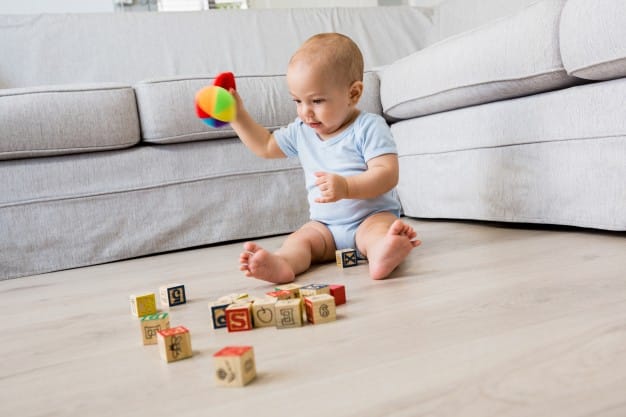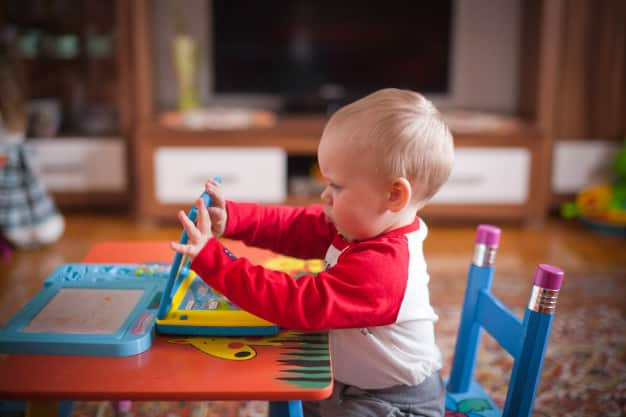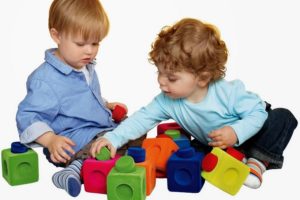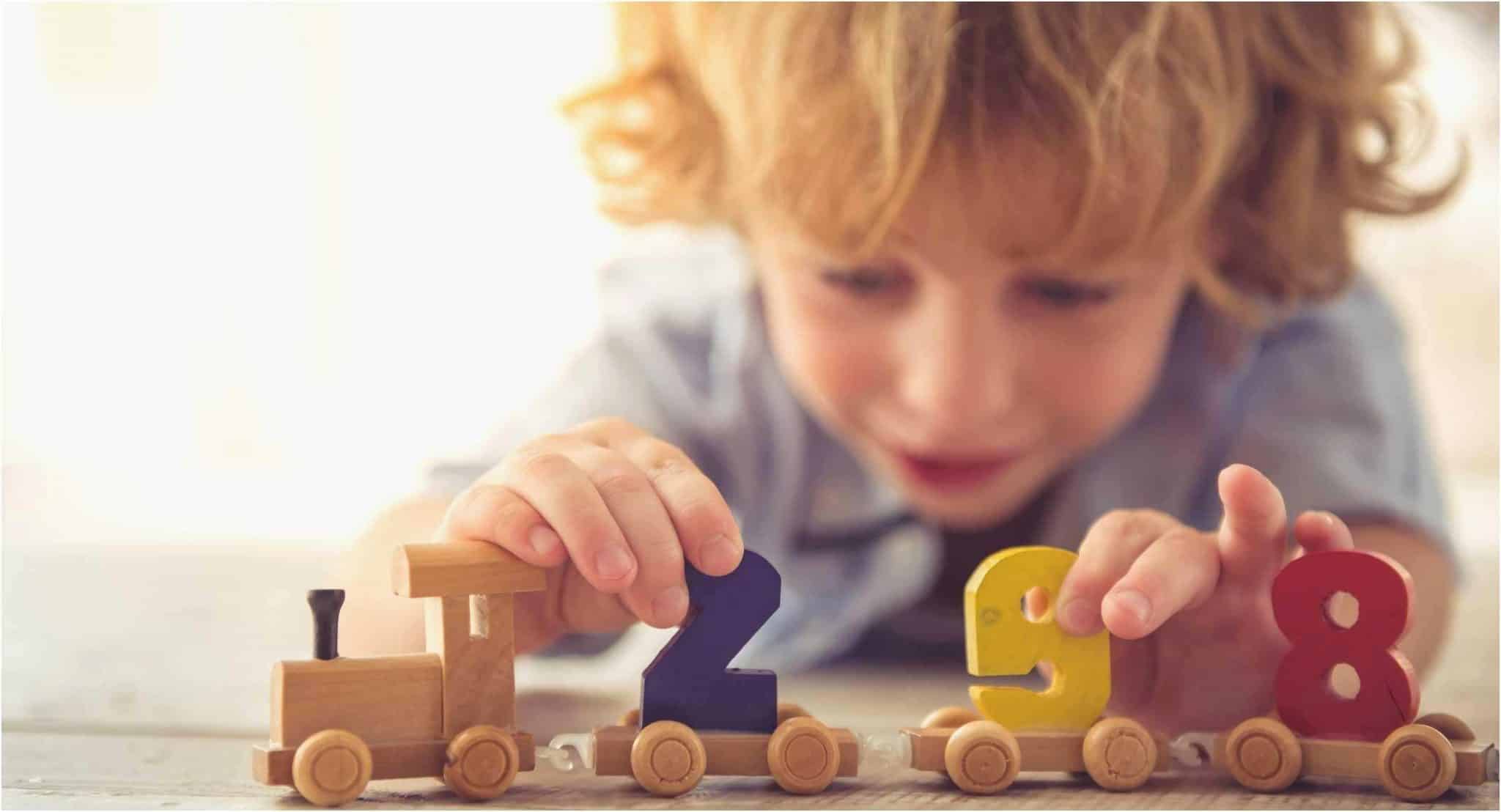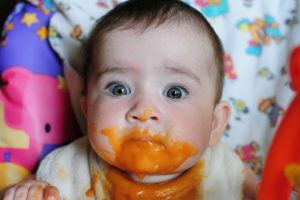Baby toys appear to be reasonable until you consider all the things those tiny hands take hold of and inevitably shove into their mouth. When playtime comes around, keep your baby safe by following the expert advice below. Most of these are easy to implement.
Baby Toys – 17 Helpful Tips That Will Keep Your Baby Safe
- Keep a close eye on the toy’s age recommendations and pick a toy that is appropriate for the age, skill level and interest of the child. Carefully note other important instructions on the safety labels like “Washable/Hygienic materials” or “Flame retardant/flame resistant” on dolls or stuffed toys.

- Potential suffocation risks like plastic wrappings that cover new toys should be thrown out right away.
- Pick colorful, lightweight baby toys. Toys for children under 1-year old that have multiple textures and are manufactured from non-toxic materials. At this age, children learn via sound, touch, sight, and taste and they usually bite on objects to learn more about them.
- Never offer toys that have potential choking hazards like small parts including removable noses, eyes etc. Never give young kids small balls, coins marbles or games that have balls under 4.4 cm (1.75 in) in diameter since they could become a choking hazard if they get lodged in the windpipe.
- Children younger than 8-years old should not be given toys made of glass or metal and any toys they are given need to be inspected for sharp edges and points. Even stuffed animals that have wires could be a potential stabbing, cutting or choking hazard.
- Teach older siblings to keep toys with sharp points, small parts or with electrical components away from their younger siblings. Young children love to explore their surroundings and may go after toys that are not suitable for their age.
- Never hang toys with strings, ribbons or cords close to playpens or cribs. These could entangle a young child and result in injury or even death.

- Eliminate possible injuries by maintaining toys in good working condition and throw out any worn or broken toys.
- Always supervise children when they are playing and give them a safe playing environment for both indoor and outdoor play. Children tend to be harsh on toys, so do regular safety inspections to ensure durability and safety.
- To avoid swallowing or choking hazards, baby toys should be a minimum diameter of 1¼” (3 cm) and 2¼” (6 cm) long. To find out if a toy is too small, use a choke tube or small-parts tester. The tubes are approximately the same diameter as the windpipe of a child and if the toy fits into the tube, it could be a choking hazard. If you don’t have one of these testers, use a toilet paper roll. If any of your baby toys can fit through a toilet paper roll, it should not be offered to your baby.
- Children under 8 years old shouldn’t play with balloons, vinyl or latex gloves since these can result in choking if the child inhales or swallows it. Even inflated balloons are risky since they can pop unexpectedly and inhaled or swallowed.
- Baby toys that use batteries should have a cover that screws shut so that kids cannot easily pry them open. Batteries and the fluid they carry are a serious danger and could result in choking, chemical burns and internal bleeding.

- Riding toys are mostly okay for use if the child can sit on it properly while not supported. Always follow the manufacturer’s instructions. Wagons and rocking horse riding toys should include straps or a safety harness. They should be secure and stable enough so that they don’t tip over easily.
- Inspect homemade and second-hand baby toys carefully, since they might not have been previously tested for safety. Do not give painted toys to infants that were made prior to 1978 since the paint might contain lead.
- Keep in mind that toys given away or sold at carnivals or the ones in vending machines do not have to adhere to safety standards, so stay away from them because they usually have small parts. If you decide to let your child have one of these toys always thoroughly inspect them for sharp edges and loose parts.
- Instill the habit in children at an early age to put away their toys when they are done playing with them. This will prevent falling over them by accident.
- When inspecting the safety of a toy, ensure it is not breakable and is sufficiently strong to endure chewing. In addition, the toy shouldn’t have:
- pointy ends or little components such as eyes, wheels, or buttons which could be tugged loose;
- tiny ends, which could stretch into the mouth of the baby;
- strings 7 in ( 18 cm ) or longer;
- components that might turn into pinch points for little fingers.
ALL YOU NEED TO KNOW TO RAISE SMART BABIES AND TODDLERS
You don’t need to be a teacher, to teach. Here are tons of useful resources to guide you.
Playing Through Learning
- Smart Toys For Smart Kids of Every Age
- Top Rated, Toddler Approved Wooden Toys
- Educational Toys For Three-Year-Olds
- Toddler Activities To Learn Shapes And Colors
- 2018 Best Puzzles For Toddlers
- Top 10 Outrageously Fun & Parent Approved Board Games For Toddlers
- Mom & Toddler Approved Games For 3 Year Olds
